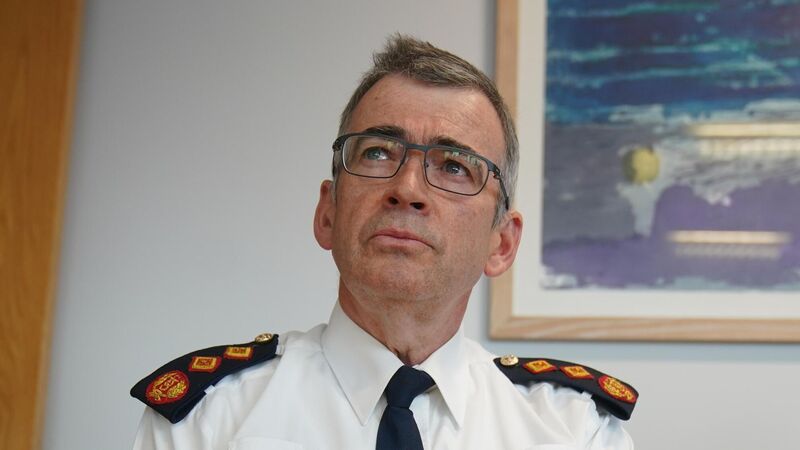Garda backlog for analysing child sex abuse imagery down by 50%

In February of this year, Garda Commissioner Drew Harris said the most pressing issues in the detection of child sexual abuse were the backlog in examinations and the volume of material.
The garda backlog of child sexual abuse imagery and other material waiting to be examined has fallen by 50% in the last year—a reduction welcomed by child protection groups.
The waiting time to examine computers and other digital devices—which has taken up to three years—has long been a source of criticism by children’s organisations, oversight bodies and the courts.
New Garda figures provided to the show there was a sharp reduction in the backlog in the last 12 months. In a statement, Garda HQ said the reduction is due to the allocation of more staffing to the Garda National Cyber Crime Bureau (GNCCB), which conducts the forensic examinations.
The statement said that child sexual abuse material and related cases form 46% of the current caseload of the GNCCB. Digital devices examined cover a range of criminal investigations—including drug and gangland operations, murders and cybercrime.
In August 2022, the Policing Authority said the continuing three-year backlog in examining digital devices was a “critical weakness” for the force.
In February of this year, Garda Commissioner Drew Harris said the most pressing issues in the detection of child sexual abuse were the backlog in examinations and the volume of material.
In its annual report for 2022, published this month, the Policing Authority welcomed progress in reducing the backlog, but did not give details.
Following a query by the , Garda HQ provided the following data:
- Total caseload awaiting examination on 17 October 2023 was 303 cases;
- The corresponding figure on 19 October 2022 was 572 cases and on 18 October 2021 it stood at 746 cases;
- That represents a 47% decrease on 2022 and 60% decrease from 2021.
- In addition, Garda HQ said that 505 cases have been closed in 2023, a 53% increase on cases closed in 2021 (328).
It said the “age profile” of cases on hand—how long they have been waiting to be examined—has also been reducing the last year.
“The increase in efficiency at GNCCB was assisted by the allocation of staff commencing in 2022,” it said. “A further competition to recruit personnel to GNCCB has been approved and it is anticipated that further staff will be allocated in the coming months.”
Emer O’Neill, chief executive and clinical officer of CARI said: “We are delighted to see that the [bureau] have taken their backlog of cases seriously and increased their resources to be able to examine digital devices for child abuse imagery.
“Child abuse imagery online is still an issue of great concern and one that we need to continuously be vigilant about.”
She said it should be stressed that children in these images were being sexually abused, so continued resources for organisations dealing with child sexual abuse are crucial.
Fiona Jennings, ISPCC Head of Policy and Public Affairs said: “It is clear that strategic investment in the [bureau] has paid off in helping to increase efficiency to resolve cases of child sexual abuse material. It cannot be underestimated the importance of this work for the victims involved.
“Timely analysis of devices can lead to victim identification and hopefully to adequate support for such victims. It is important that An Garda Síochána continue to invest in detecting such heinous crimes and in bringing perpetrators to justice.”










